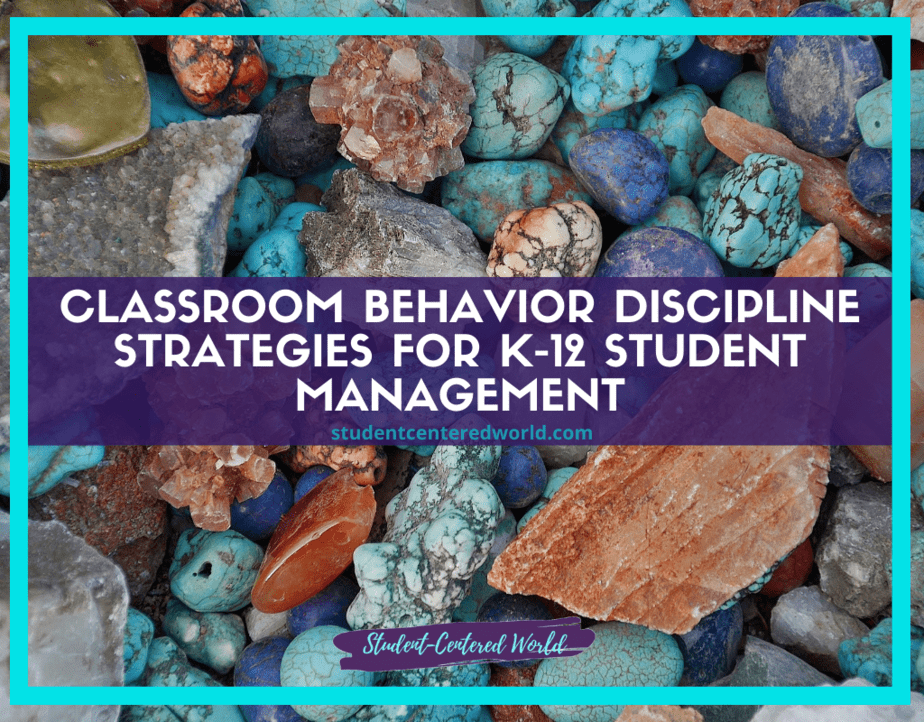Marzano Observation Success in the 21st-Century Classroom
Many school districts have implemented the Marzano observation model of teacher evaluation. The Marzano Focused Teacher Evaluation Model was one of the first formal observations to be implemented in schools across the country. It was created to address concerns with teacher evaluations and provide specific criteria for what should be observed during an evaluation.
The Marzano observation model focuses on three areas of instruction: Classroom Management Teacher, Content Knowledge Teacher, and Instructional Delivery Teacher. Each of the three areas has its criteria and is rated as either Exceeds Standard or Meets Standard. The rating is then averaged with all other observations to come up with a final rating that falls into one of four levels: Highly Effective, Effective, Minimally Effective, and Ineffective.
The Marzano model was initially popular because it gave clear expectations for what should be observed and how to measure effectiveness. It was the first model to identify specific criteria for each of these areas, which helped teachers better understand their strengths and weaknesses. Critics of this model argue that it is overly complicated and lacks practicality, as it may take years before a teacher can reach Marzano’s Highly Effective rating.
Marzano’s Focused Teacher Evaluation Model
The Marzano observation model has received both praise and criticism from teachers, administrators, and researchers. Advocates argue that it is a much-needed evaluation tool that helps improve instruction, while critics argue that it seems to promote box-checking and is very difficult to accurately assess.
Marzano responded that the Marzano Teacher Evaluation Model 2.0 was designed for formative use, meaning that it can be used in addition to an observation model like Odden’s Classroom Interaction Rating Scale (CIRS). The CIRS focuses more on the teacher’s instructional practices and less on students’ strengths and weaknesses. Marzano argued that the two models worked well together because they make up for what each model lacks; Odden’s model focuses more on what a teacher does and Marzano’s focuses more on how effective it is.
He argues that multiple observations using both models would help administrators get a more complete picture of a teacher’s effectiveness. The Marzano model has also come under fire from Randy Evers, who argues that effective instruction needs to be measured across multiple areas and not focused on one single area.
The Marzano observation model was created to make evaluations easier for teachers and administrators. It is a large part of why this model has been so widely used, but there still needs to be other forms of observations for teachers and administrators alike.
Marzano’s Focused Teacher Evaluation Model (2.0)
The upgraded Marzano Focus Teacher Evaluation Model was created in response to questions regarding data collection. The model uses the same three categories but has changed it so that each category is its scale with levels instead of being rated on a Likert scale.
This has made the rating much more difficult for administrators and teachers alike. The clarity that was initially present in the Marzano model was lost when it came to the levels of each criterion. The Marzano observation model is still widely used throughout schools across the country and some schools may also use multiple areas like Evers’ or Odden’s models to help get a better sense of how students and teachers interact with one another.
Still, the Marzano observation model focuses on three areas of instruction: Classroom Management Teacher, Content Knowledge Teacher, and Instructional Delivery Teacher. Each of the three areas has its criteria and is rated as either Exceeds Standard or Meets Standard. The rating is then averaged with all other observations to come up with a final rating that falls into one of four levels: Highly Effective, Effective, Minimally Effective, and Ineffective.
Three Areas of Observation
1) Classroom Management Teacher – The extent to which the teacher models and manages behaviors for learning. This includes setting up a positive learning environment, managing student behavior, and promoting independent work.
The teacher models and manages behaviors for learning by setting up a positive learning environment through high expectations, clear rules, routines, and student engagement every day and managing student behavior by providing a positive classroom culture and encouraging high-level thinking throughout all lessons.
2) Content Knowledge Teacher – The extent to which the teacher uses content knowledge to provide instruction. This includes using subject-area expertise, creating rich content, and setting high standards for students’ learning.
The teacher uses subject-area expertise to provide instruction through using instructional practices that promote student engagement and learning
3) Instructional Delivery Teacher – The extent to which the teacher uses instructional practices that are purposeful, engaging, and based on evidence of student learning. This includes providing multiple opportunities for student success, demonstrating strong questioning techniques, and providing timely feedback.
The teacher uses teaching practices that promote student success through using instructional practices that are purposeful, engaging, and based on evidence of student learning.
Getting Help with Your Marzano Observation
If your school follows Marzano for observations, you are in luck. Helping teachers rock in the classroom is my forte.

This article was originally published on April 16, 2021





